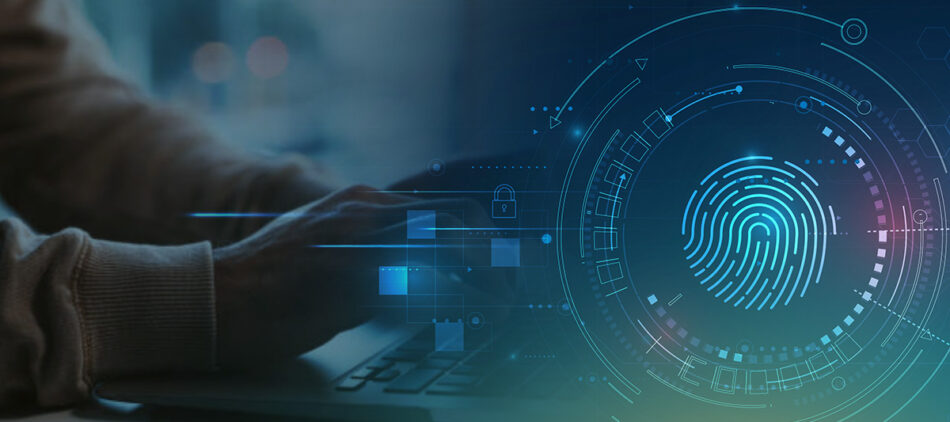
Digital Forensics and Privacy: What You Need to Know
Summary
- What is digital forensics?
- Why is privacy important to digital investigations and evidence?
- What roles do AI and other tech play in this process?
With so much access to technology, our world is more fast-paced and data-heavy than ever before. Tools like CCTV, security cameras, and personal phone recordings are used every day by law enforcement and civilians alike as a means of prevention, protection, and (potentially) evidence.
This surplus of digital evidence is a double-edged sword. While it can answer a lot of questions and provide a lot of information in digital investigations, the volume of data can slow down an investigation and present issues of privacy.
In this blog, we’ll look into the nature of digital forensics and how privacy can be better protected moving forward.
What is digital forensics?
A branch of forensic science, digital forensics (once called computer forensics) focuses on the recovery and investigation of data or evidence found in digital devices. It involves the combination of computer science, network forensics, and the overall process of identifying, analyzing, preserving, and documenting digital evidence in a manner that is presentable in a court of law.
The steps of digital forensics
For digital evidence to be accepted in court, it has to be handled and prepared in a specific way to maintain confidentiality, privacy, and chain of custody demands.
- Identify where the evidence is from and where it is stored
- Preserve, secure, and isolate the evidence to prevent tampering
- Analyze the data and form conclusions as to how this acts as evidence in the case
- Prepare the evidence for presentation or potential Freedom of Information Act (FOIA) requests
- Document each step made in this preparation to protect the validity of the evidence
As noted in step four, it’s crucial to prepare the digital evidence for FOIA requests and for court. One of the most important aspects to consider within this step is the privacy and personally identifiable information (PII) of the individuals in or mentioned in this data.
How to protect privacy during a digital investigation
One of the best ways to protect PII and privacy in audio-, video-, and text-based evidence is to redact that information from the digital forensics records being presented or shared with the public.
Improperly redacted evidence can corrupt or damage a case, and potentially be considered inadmissible in court. In our blog, “How Does AI Protect Privacy With Redaction Technology,” we discuss:
- What PII is.
- What sort of PII should be redacted.
- The pain points of redacting PII.
- And how the right tools can provide a more accurate and streamlined redaction process.
What technologies can bolster privacy in digital forensics?
As we step into an age of prioritizing privacy within digital forensics, it’s important that law enforcement agencies and legal practices have access to the right tools and solutions, especially tools that incorporate AI.
As part of Veritone’s mission to create the most ethical and top-of-the-line AI solutions, we’ve partnered with Exterro, the preferred provider of Legal GRC (Government, Risk Management & Compliance) software designed specifically for in-house legal, privacy, and IT teams.
This strategic partnership enables Exterro’s platform workflow to integrate with Veritone Redact, an aiWARE-powered automated redaction application for audio and video. With the click of a button, Exterro users can send audio and video files to Veritone Redact for the fast, automated redaction of PII, and, in turn, expedite the release of requests (such as public records requests, court orders, government requests, etc.) and increase transparency.
After the files have been redacted, the Exterro user can ingest those files back into the Exterro platform with full chain of custody information to complete their workflow of e-discovery, privacy, and digital forensics. Veritone Redact also enables users to determine and take control of what sensitive imagery needs to be redacted and provides logs for the entire process to adhere to chain of custody requirements.
By offering Veritone Redact within the platform, there’s no longer a need to use third-party solutions outside of Exterro, and Exterro users can experience a greater capability to keep up with large volumes of audio and video evidence within a seamless workflow.
According to Exterro’s Vice President of Channels, David Petty, “Legal teams and forensic investigators employ Exterro software to defensibly get to the facts of every matter or crime more quickly and inexpensively. Integrating Veritone Redact to our software solution will provide our customers with a much more comprehensive solution for dealing with multimedia data types and enable redaction as needed to meet regulatory requirements.”
By removing the need for manual redacting, Veritone Redact and Exterro users can not only streamline the PII redaction process but continue this process with greater confidence that all sensitive information is protected.
To learn more about Veritone Redact, schedule a demo with a Veritone team member.